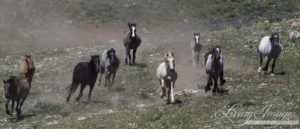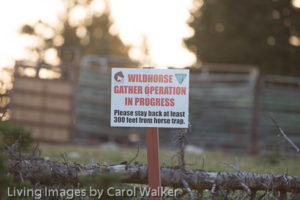The EU has released their 2013 regulations. Although we are still analyzing the regulations, it appears as though the end is near. If we are reading this correctly, all equidae will require passports in 2013. The regulations also mention the prior communication that stated beginning in 2010, all third countries exporting to the EU must start moving toward full compliance within three years. The three years are almost up and of course, the slaughter thugs have done nothing except ignore the meager regulations that were afforded the US for the interim period. I encourage all of you to read this. The regs hop around between the EU and exporting countries so it is hard to follow at times but I'm sure you will draw the same conclusion we did.
It appears as though the EU is finally holding their feet to the fire and either they comply or the horses will not be accepted. This is a link to the EU document. We will be uploading to our site as well but felt communications of any type would be best served by linking directly to the EU vs. a radical, vegan, extremist, activist, terrorist, tree hugging, bunny hugging, culturally ignorant.....organization!
And to further add to your documentation, here is a link to a recent report of banned substances [clenbuterol and phenylbutazone] found in horse meat exported from Canada. Although the evidence is mounting, I'm sure Wallis will continue to deny banned substances have ever been found in horses.
We will address Wallis' recent drivel to the USDA asking for expedited inspections because of the draught [and other ridiculous reasons] under separate cover. While our sources tell us there is no cause for alarm, we feel the need to address the communication and involve everyone in contacting the USDA. We hope to have this out later tonight or tomorrow night. While we certainly don't want to hold anyone back from contacting the USDA, we feel any communications should be extremely focused and on point.
You can read Wallis' letter at the link below. Play close attention; lest there be any doubt about her motives, she says nothing about helping horses but helping the horse "business".









 In response to a
In response to a 










